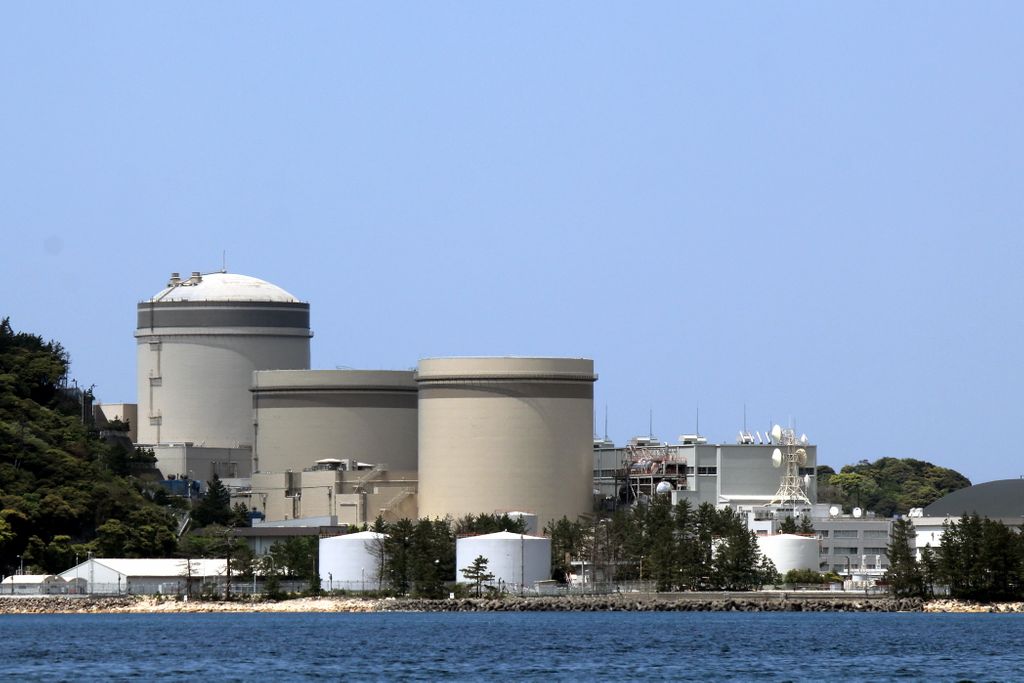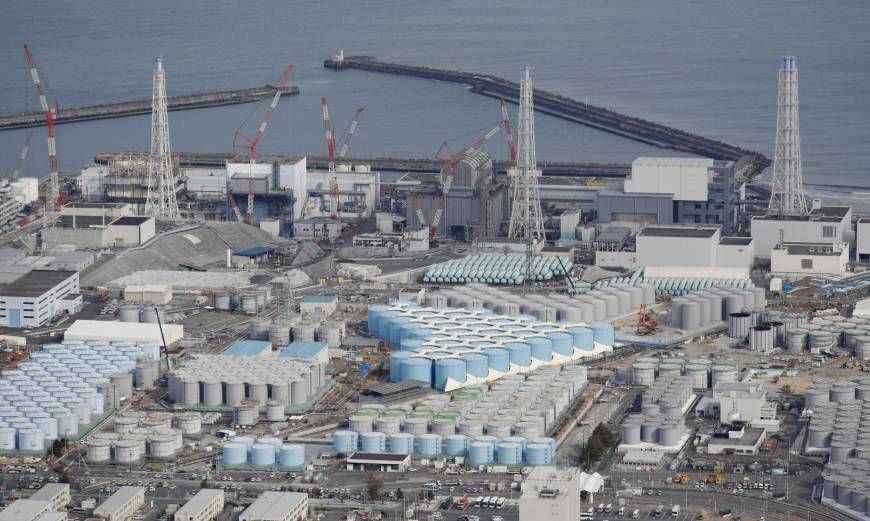Top 5 Nuclear Disasters
Aug 09, 2019 • 20 views
On the off chance that you have been focusing on all the web of late, you have presumably known about HBO's torments titled 'chernobyl'. Obviously the show is named after the scandalous atomic debacle in 1986, the show's prevalence has prompted numerous talks about atomic vitality and, all the more explicitly, what can turn out badly with atomic reactors.It's critical to take note of that atomic vitality will probably keep on assuming a key job in it is humankind's change to sustainable power source, and in the course of the most recent couple of decades, researchers and specialists have turned out to be vastly improved at refining atomic vitality reactors and procedures. In any case, there is no denying that missteps have been made en route. Here's a rundown of five top most exceedingly awful atomic power plant mishaps to date.
Much the same as tremors, tropical storms and tidal waves the seriousness of atomic reactor mishaps and occurrences are estimated on a scale. This scale is known as the worldwide atomic and radiological occasion scale or INES. We will reference this scale as we go to enable us to sort out our rundown.
Mihama nuclear power plant Japan
Beginning off, we have the Japanese Mihama atomic power plant occurrence from August 9, 2004. This occasion just positions at a 1 out of 7 on the INES, which isn't astounding when you consider occurrence didn't really include any of the atomic segments of the power plant. Rather, a messed up pipe started to break steam and high temp water murdering 5 specialists.

National Reactor Testing Station USA
In January of 1961, the main lethal occurrence including the atomic reactor of US soil happened. The national testing station in Idaho falls encountered a blast at it's SL-1 reactor when a control pole was pulled excessively far away from the reactor. Each of the three individuals taking a shot at the reactor were slaughtered in the blast. Furthermore, because of radioactive sullying must be covered in lead pine boxes. This occurrence got a position of 3/7 on the INES.
Ibaraki prefecture Japan
In 1997 Japan encountered another atomic mishap. A little blast at an atomic reactor Tokaimura expected specialists to fix broken windows and entryways. As an outcome, they were presented to undesirable degrees of radiation. Only multi year later in 1999, another occurrence would occur, just this one would be increasingly genuine: a gathering of laborers made a mistake while getting ready fuel for an atomic reactor. While they were setting up the fuel, a parting chain response happened, sending radiation crossing through the collections of the laborers, murdering two of them legitimately. The mishap was evaluated 4 on the INES.

Fukushima Japan
On March 11, 2011 a greatness 9 seismic tremor off the shoreline of Japan made a tidal wave flood the fukushima atomic reactor. Which administrators expected to cool the reactors were overflowed, prompting emergencies, blasts and the arrival of radioactive material. Two workers kicked the bucket during the flooding and many experienced differing impacts from the radioactive material extending from atomic consumes to malignant growth. The radiation from this mishap debased nearby biological system and even discovered its way into the sea. Due to the extent of its harm, the fukushima mishap was given a 7 on the INES, which is the most elevated conceivable position. It is additionally one of just two mishaps to get this position.
Chernobyl Ukraine
At long last on April 26, 1986 the most popular atomic mishap happened when is plan security test turned out badly. During the test, the majority of the control poles in Chernobyl reactor #4 broke down, prompting fast overheating in the reactor. In the end, an atomic emergency happened and the reactor detonated. 8 tons of radioactive flotsam and jetsam were propelled into the climate, and more than 115,000 individuals were emptied from the region. in simply an issue of days more than 31 specialists on call kicked the bucket due to their introduction to the radiation. An enormous solid stone was set over the demolished reactor at the time, yet now a progressively steady structure is known as the Chernobyl Arch rests over the reactor. To shield the encompassing zone from the 200 tons of radioactive material that still rests inside.
In this way, there you have it, remember that these losses of life ought to be thought about while taking other factors into consideration.
While these mishaps for appalling, atomic vitality is, generally, quite sheltered.
